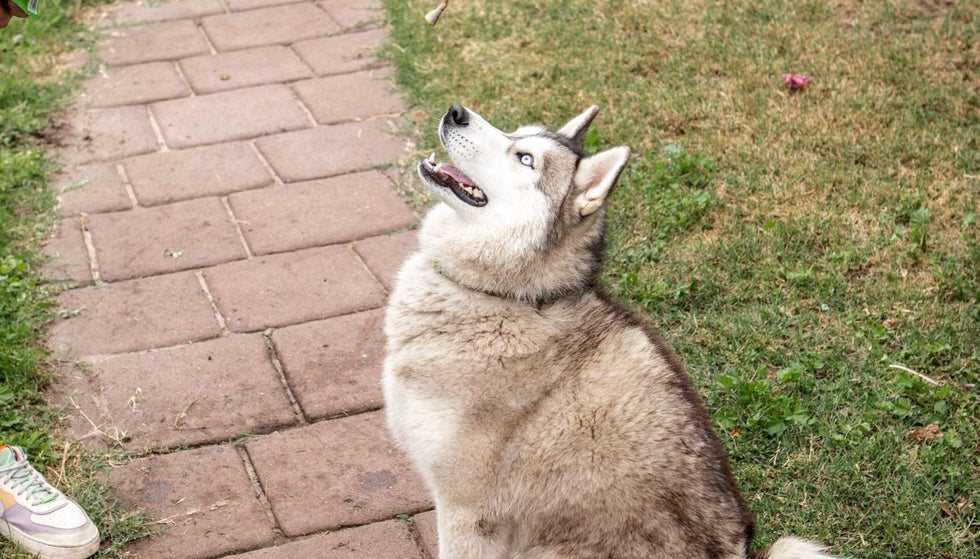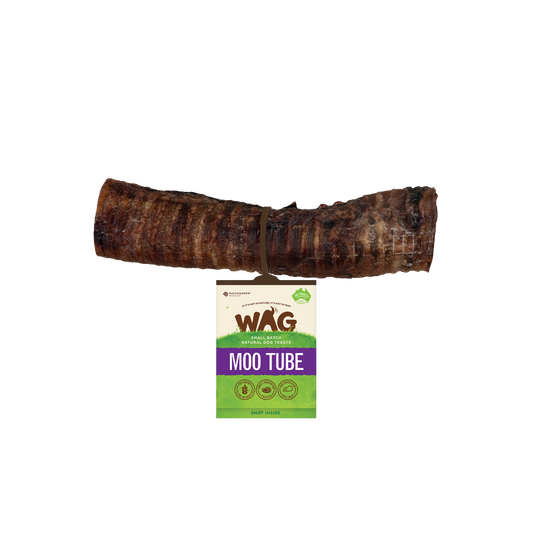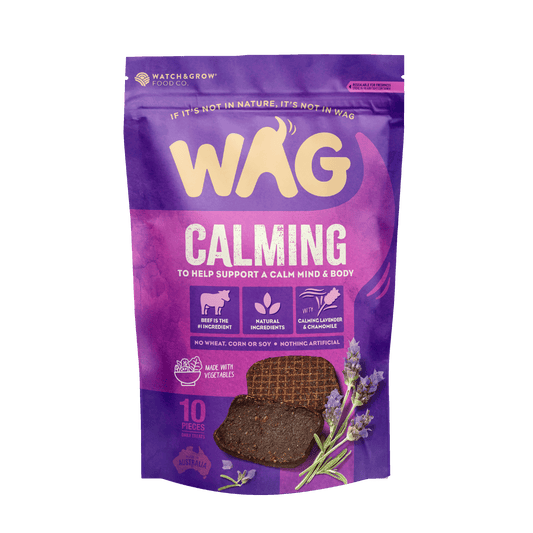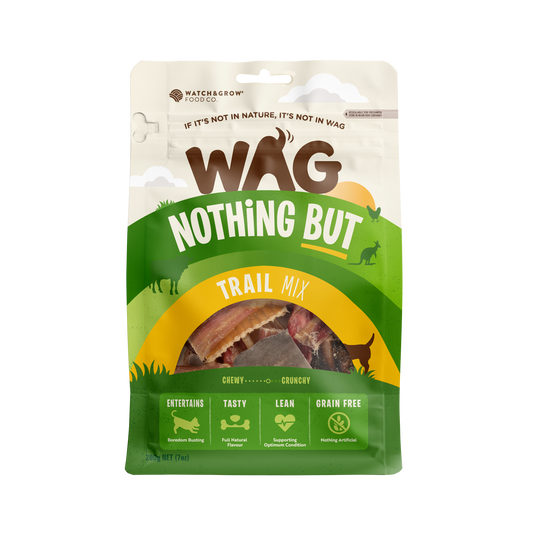So you’ve got a brand new puppy, congratulations! Introducing a puppy into your family is an incredibly rewarding experience. But it can also be a lot of effort to make sure that your pup grows into the upstanding member of society we know they can be.
One of the biggest challenges for puppy training isn’t just about teaching your new family member what they need to learn. It’s actually teaching yourself how you should be training your puppy! With any new pup, we always recommend heading to a local introduction puppy class near you to learn how to teach your puppy some of the basic commands. But until then, here are some of our best tips on how you can be the best teacher you can be for your star pupil.
What is the best way to train my puppy?
There are many different training techniques you can use for your puppy. But the best is going to be any positive reinforcement in a method that works for your pup. It could be operant conditioning, training with treats or clicker training. The best training technique is going to be one that you both enjoy and that your puppy responds to.
Positive reinforcement and patience are particularly important when you’re training a young puppy because we have to remember that they are just that; puppies! We know it can be frustrating when your newest family member doesn’t understand what we want or gets distracted. But trying to train a puppy is the equivalent of trying to communicate with a toddler. And that toddler doesn’t even speak the same language as you!
What do I need to teach my puppy?
- House-training
- How to counter biting during the puppy teething stage
- How to walk on a leash
Be consistent with your puppy training routine
Training your puppy begins the moment you bring them home. From where you put their water bowl to where you want them to go potty, every moment in this new life is a lesson for a young pup.
Routine is essential to house training a puppy so that they learn what to expect from their new surroundings. Setting a routine for your puppy means they won’t be confused by what you want and when you want it. Small details like letting them out at the same time and keeping their beds in the same place will allow a puppy to adjust more quickly to their new home.
Yes, accidents will happen. But by staying consistent your puppy will soon learn what you want from them, when you want it, and where you want it to be.
Use treats as a reward for good behaviour
Rewards are so important to reinforce positive behaviour in puppies. Dogs and puppies learn by responding to their surroundings. They’re conditioned to learn when a behaviour is good if they receive a high-value reward. A tasty treat when your dog potties in the right spot or when they calm down and lay on their bed is a great way of reinforcing that good behaviour.
Treats can also be used to teach your new best friend basic commands. The lure method is particularly useful with young puppies who don’t quite know what you want them to do. Using treats as a lure means that you can guide a puppy into a certain trick by moving the placement of the treat. For instance, if you are trying to teach your puppy to sit, bring the treat up close to their nose and slowly move it back towards their body. Your puppy will naturally sit back to have better access to that treat. Voila! Your first lesson is complete!
Once your puppy is picking up on the command and action when you say it you can take away the lure and simply reward them after the trick has been completed.
Be clear with your commands
Now that your puppy is learning what a particular action means (ie: moving a treat back so they rest into a natural sit) it’s time to add the command into your training regime.
Add the command to the start of your movement to teach your puppy what a particular word or phrase means. For example:
- Command: “Sit!”
- Action: Move the treat towards your dogs back.
- Response: Your puppy moves into a natural sit.
- Reward: Praise your dog with a verbal response (like a “yes” or the sound of a clicker) and reward them with the treat.
When teaching your dog a new trick, it’s important that you don’t repeat the command until they’ve performed that task or a long enough period of time has passed. Repeating a word during the training stage will teach your puppy that the command is actually the word repeated. You don’t want to have to say “sit” three times every time you want your puppy to park them bum on the floor!
Make sure your training lessons are on a leash
When starting any training lesson it’s important that your puppy know it’s time for training. A good way of marking this is by putting your puppy on a leash and having a particular room for training.
Putting your puppy on lead for training means that they can’t get distracted by other areas of the house or room. It also means that you can train closer to your pup and practice more complicated tasks like “come”, “stay” and “heel”. Soon, your puppy will learn that being on lead in the house means that it’s time to concentrate.
Bear in mind that it might take your pup a bit of time to get used to their new lead. Puppies can get excited or distracted and try to bite or play with their leash. Make sure you ignore the undesired behaviour and reward good behaviour when they settle down. A treat and a pat when your puppy is settled with their lead on will soon get them used to this new accessory.
Keep puppy training sessions short
Staying focused for long periods of time can be hard for even the most obedient adult dogs. And puppies are just toddlers, remember?! Training is a stimulating activity for a puppy so make sure that you’re only training for 5 to 10 minutes at a time.
A tired puppy is more likely to get distracted and confused. So avoid the frustration on both ends of the leash by keeping your lessons short and entertaining. Leaving your training environment for a reward of playtime is a great way to signal that the lesson is over.
Finally – be patient
One of the most important things to remember in every training session is to be patient. Not just with your puppy who is trying to learn, but with yourself as well! If you try to incorporate some of the above tips around training puppies into your session, you’ll become an even better teacher when it comes to learning the basic commands or doing a class.
And remember, training a puppy takes time, effort and consistency. So make sure you keep at it every single day! Even spending just 10 minutes a day training your puppy will help you learn quicker together. Because when you work hard, you can also play hard!
Shop the Recipe
WAG Team
Up Next
How to clicker train your dog




